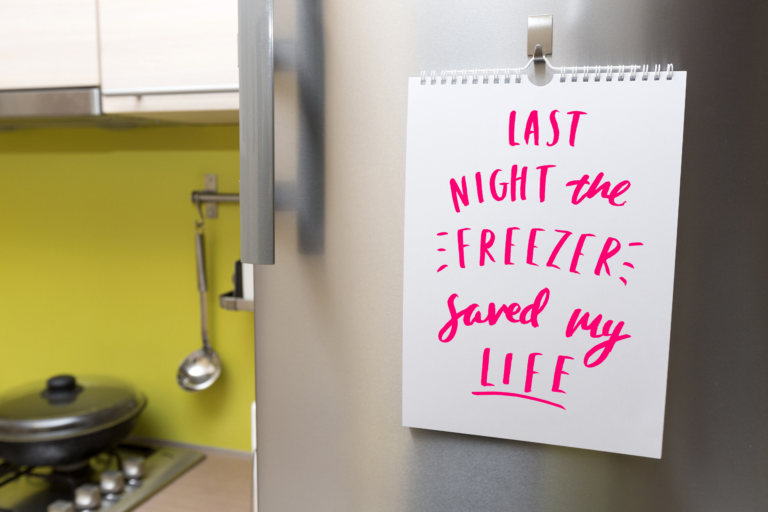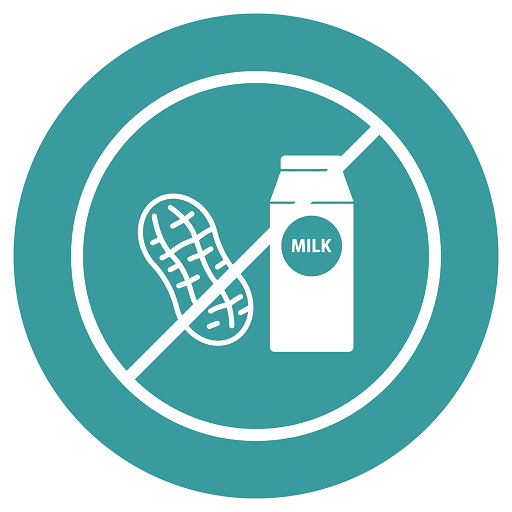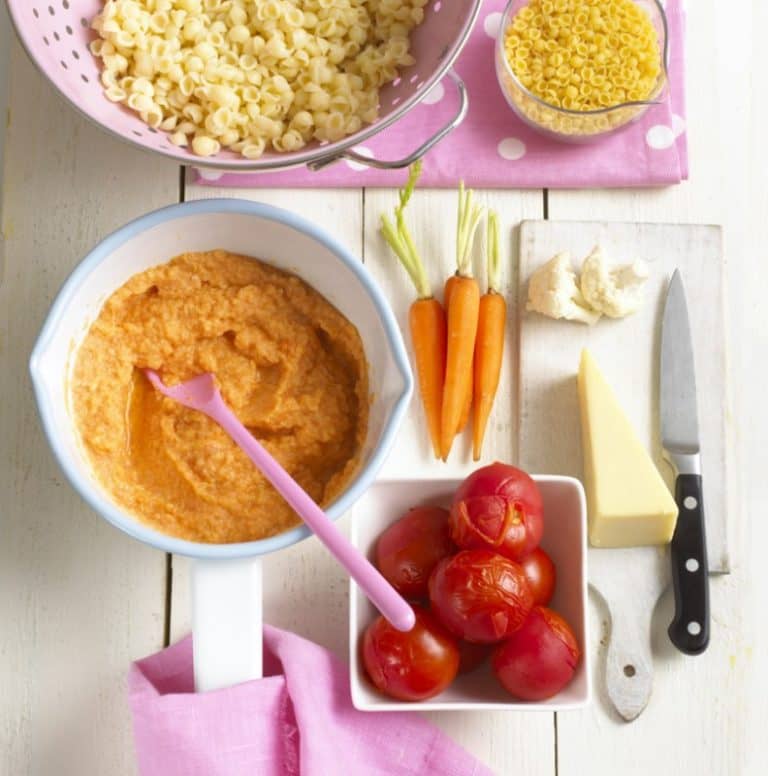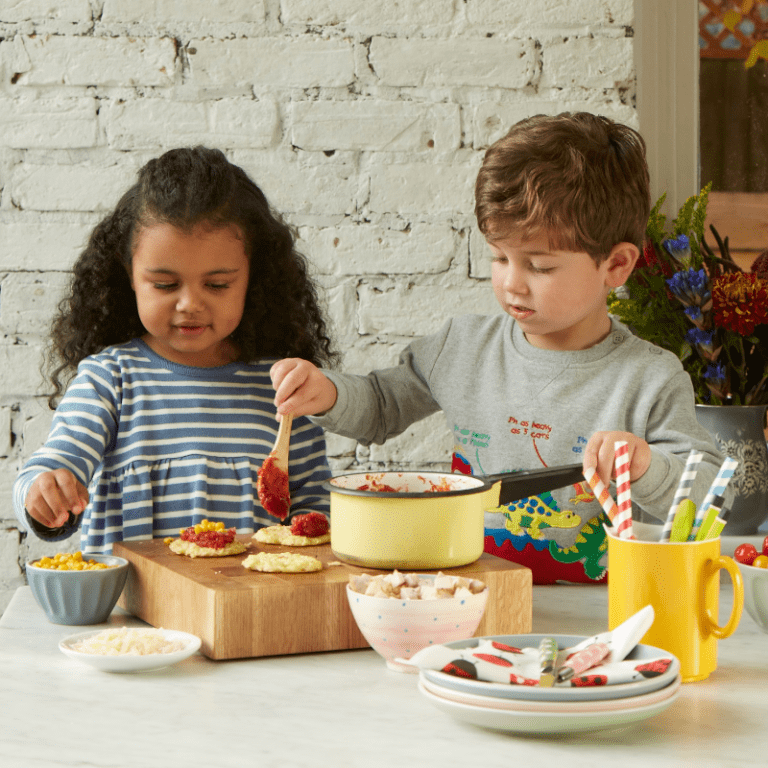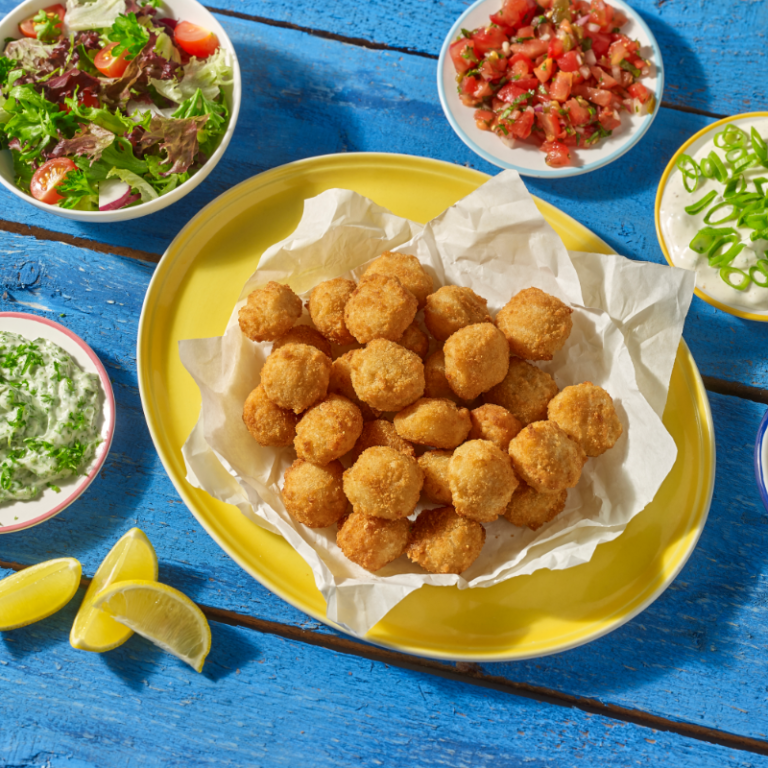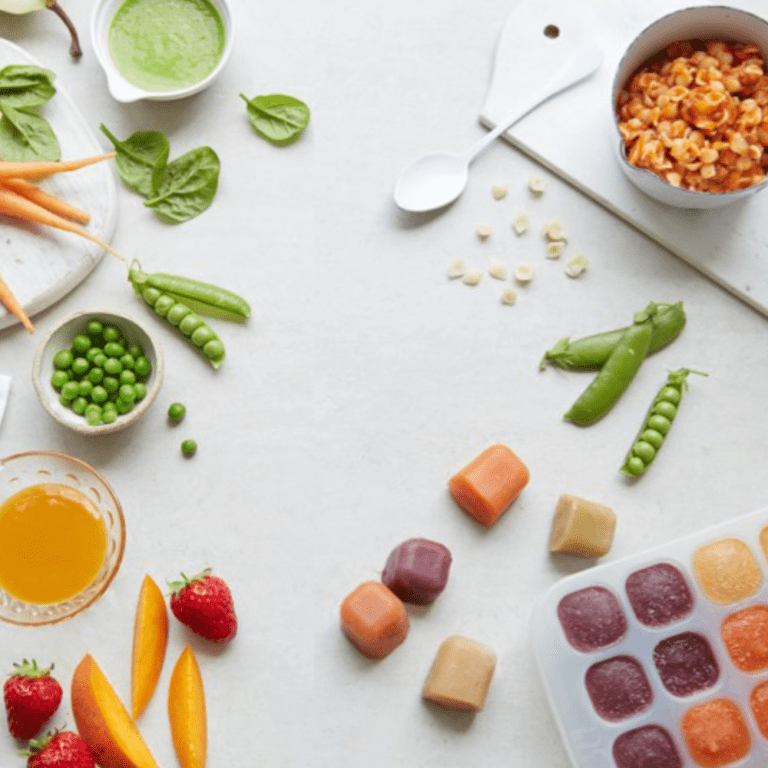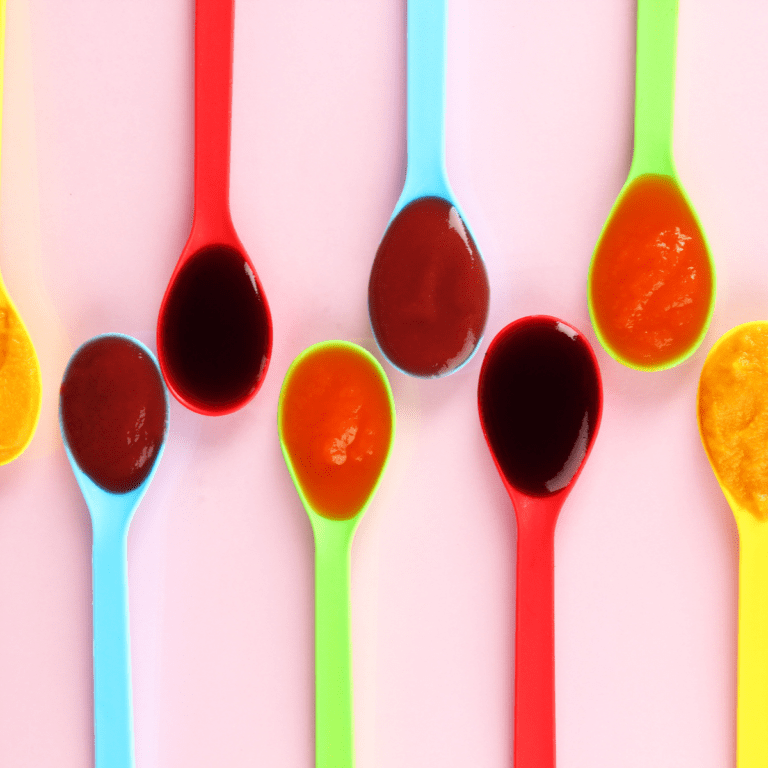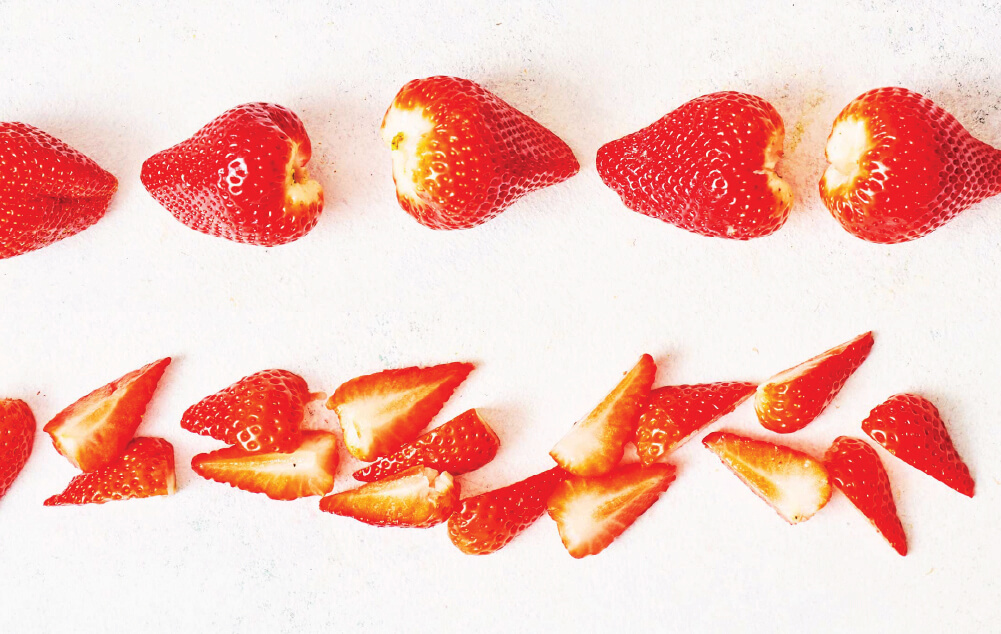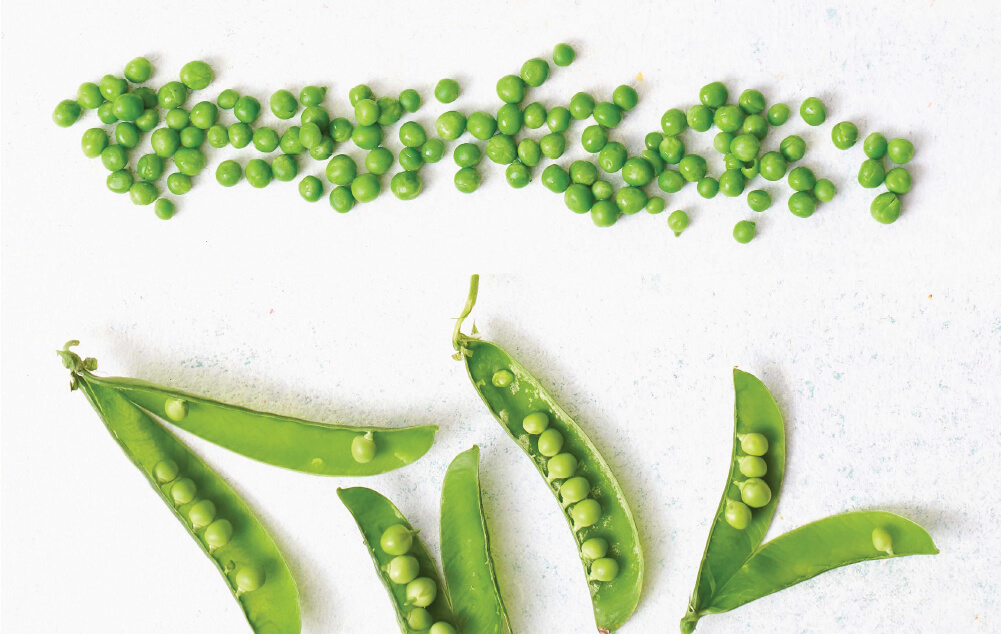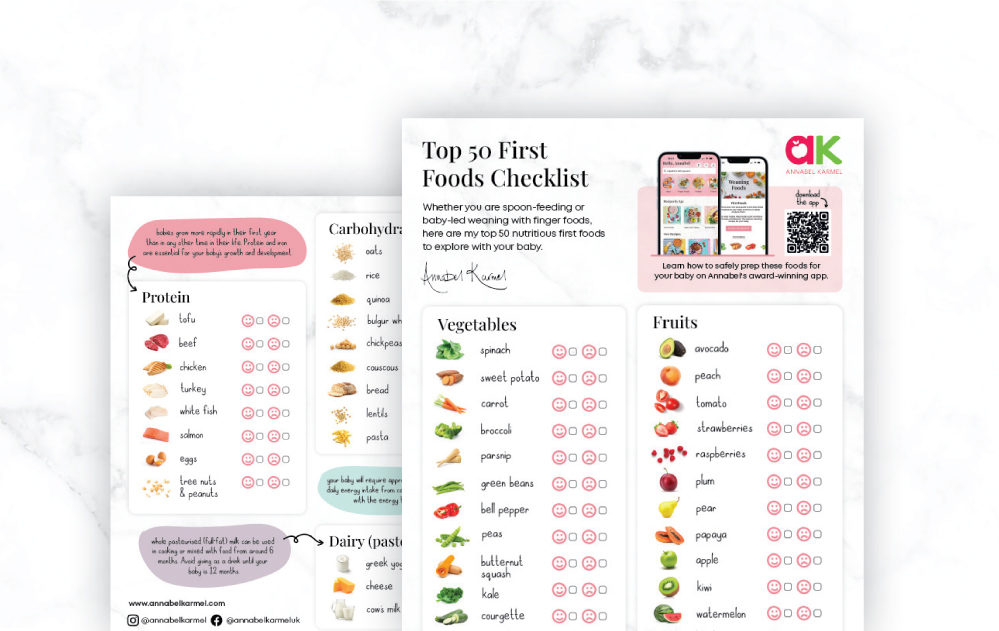Reflux is when a weak, immature valve at the top of the stomach allows the feed along with gastric acid to come back up causing symptoms that include heartburn and vomiting. Constant reflux leads to inflammation of the food pipe (or oesophagitis) and symptoms of Gastroesophageal Reflux Disease (GORD).
All babies are born with this weak valve. Up to 70% of healthy babies between 3 and 7 months will regurgitate once or more a day but some regurgitate excessive amounts because of reflux. The good news is that most babies will grow out of this by 12 months when the valve matures, and gravity helps when the baby starts standing up.
Parents of a baby suffering from reflux are sometimes told to wean early, but standard first foods such as apples and carrots may be too acidic and exacerbate a sensitive gut. Trial and error is the best way to find foods that baby can stomach. Take things slowly, introducing solids to a baby that has an uncomfortable association with feeding demands patience.
- Regurgitating excessive amounts of milk / food
- Hiccups
- Poor sleep
- Arching of the back during or just after feeds
- Excessive crying after feeds
- Only managing small amounts of feed at a time
- Persistent cough or wheezing
- Bloody vomit
- Weight loss or poor weight gain on the baby’s growth chart in the red book
- Hold your baby in an upright position during and for about 30 minutes after each feed
- Try giving smaller more frequent feeds
- Avoid exposure to smoke as this causes irritability
- If you are bottle feeding, burp your baby every three minutes or so and make sure the hole in the teat is not too large, otherwise the milk can come out too fast
- Avoid the use of car seats immediately after feeding
- Avoid clothing or nappies that are tight around the tummy
- Where possible, try not to lay your baby flatter than a 30° angle above horizontal, including whilst changing nappies.
- Raise the head of your baby’s cot a few centimetres off the ground by placing blocks or thick books under the cot legs (gravity helps keep the feed down). Never use a pillow.
- Thickening the milk if bottle fed, by using carobel
- Considering hypo-allergenic formula e.g. Neocate
- Medications such as antacids (gaviscon) or acid suppressants e.g. ranitidine (zantac) or losec MUPS (omeprazole)
- Refer your baby to a Consultant Paediatrician or Paediatric Gastroenterologist


